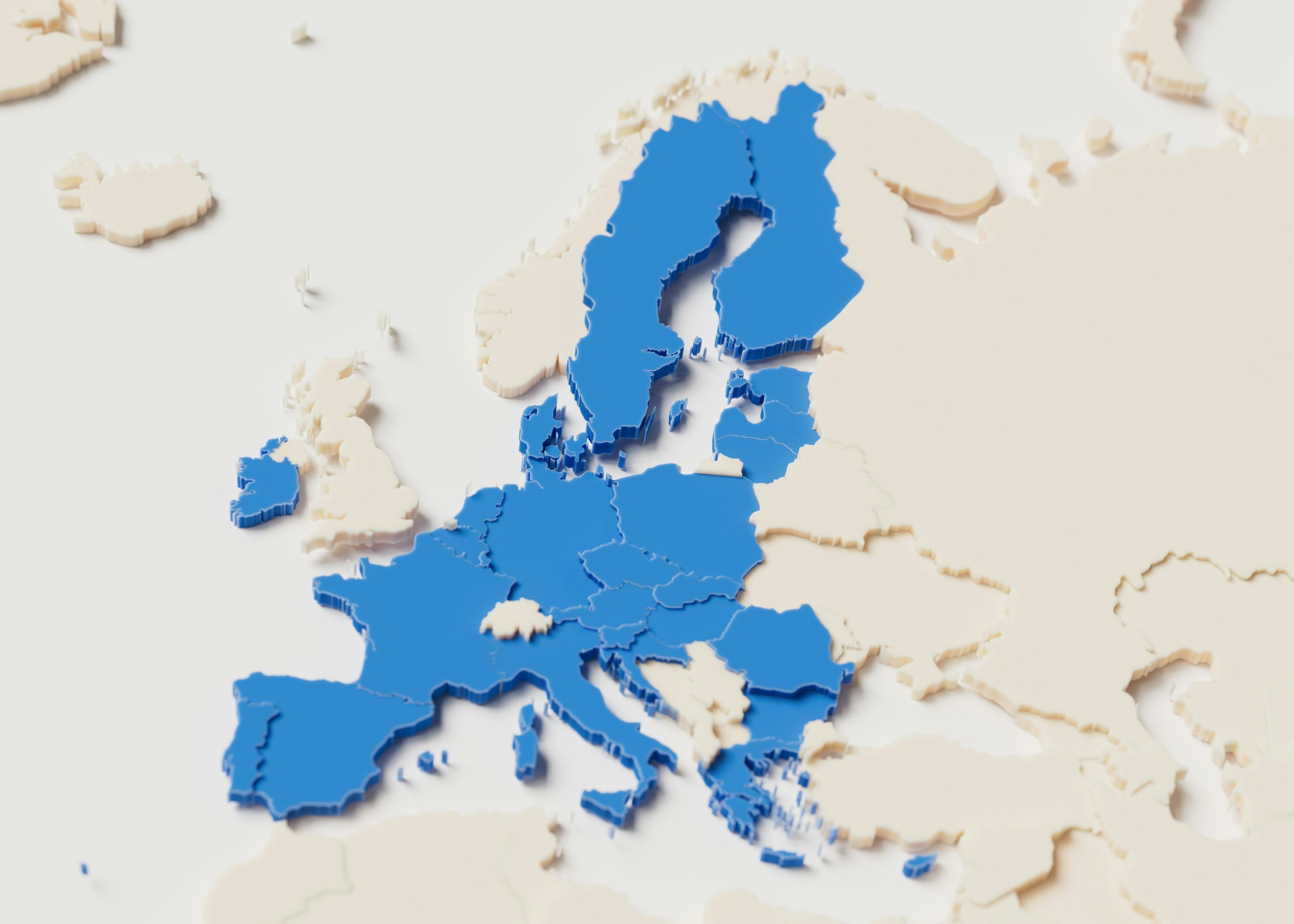Talent migration: how the EU distributes Blue Cards

Planet Volumes, Unsplash
In 2023, the European Union issued around 89,000 Blue Cards - special work and residence permits for highly qualified non-EU nationals. This data was published by Eurostat as part of a report for EU Diversity Month 2025. Despite the pan-European scale, the initiative is actually held on the shoulders of one country, Germany, which issued 69,000 cards, or 78 per cent of the total.
Germany is not just the leader, but dominates the EU highly skilled migration market. Poland (7,000) and France (4,000) are next in the number of cards issued, but even together they do not reach even a quarter of the German figure.
This uneven distribution indicates a profound difference in the needs and attractiveness of labour markets within the EU. Germany is Europe's largest economy and is actively using the Blue Card as a tool to fill labour shortages, especially in IT and engineering.
Indian nationals received the highest number of cards in 2023 - 21,000 (24 per cent of all). This is not surprising: India has long been considered one of the largest suppliers of technical specialists in the world. India is followed by Russia (9,000), Turkey (6,000) and Belarus (5,000).
There is a geopolitical logic in the way the EU allocates permits: the visible presence of Russian and Belarusian nationals can be linked to both professional qualifications and the political context of recent years.
In addition to Blue Cards, EU countries issued 451,000 study and research permits in 2023. Germany was again the leader (144,000 permits), followed by France (117,000) and Spain (55,000). Indian (50,000) and Chinese (47,000) nationals made up the largest share of recipients.
This flow of students and researchers creates soft power: studying in the EU can be the first step towards long-term integration into the European labour market.
Intra-corporate transfers are another channel of legal migration. In 2023, the EU issued 10,800 such authorisations. The Netherlands (2,700), Germany and Hungary (1,900 each) were the leaders here. India is again in first place in terms of the number of recipients (3,900).
The development of legal migration programmes in the EU is increasingly becoming systemic. However, the concentration of authorisations in the hands of a few countries and the imbalance by country of origin suggest that the European migration architecture needs further adjustment. Countries that are unable to attract highly qualified specialists in sufficient numbers risk becoming technological peripheries.





